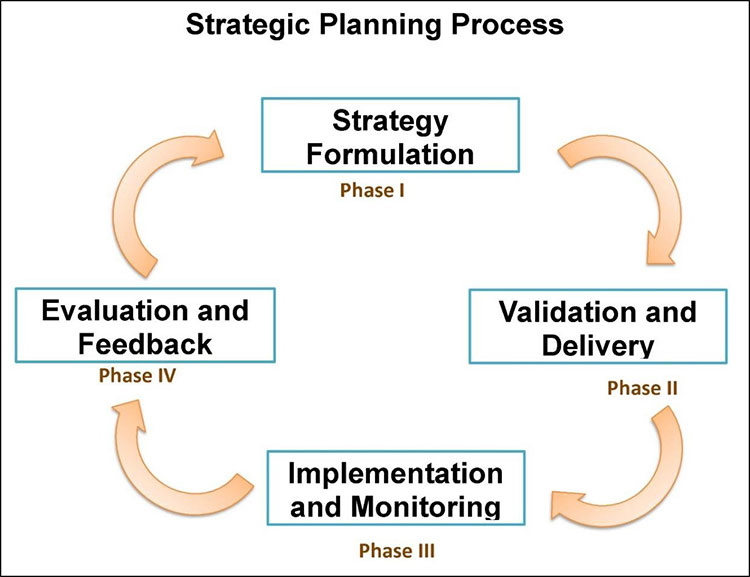Prince Sultan University
Policy Management System
Strategic Planning Policy
| Policy Code | GV0002 |
| Policy Name | Strategic Planning Policy |
| Handler | Deanship of Quality Assurance and Development (DQAD) |
| Date Created | 2 February 2017 |
| Current Review Date | 26/9/2023 |
| Approved by | University Council |
| Approval Date | [Not Provided] |
Overview
This policy defines the framework and responsibilities for strategic planning at Prince Sultan University. It ensures alignment of institutional goals with the university's mission and vision using the OKR (Objective and Key Results) methodology to promote effective and agile execution across academic, research, and community service areas.
Definition
Strategic Planning at PSU: Aligns goals with the university’s vision after analyzing internal/external environments.
Stakeholders: Working/review teams, top management, Board of Trustees.
SWOT Analysis: Assess strengths, weaknesses, opportunities, threats.
Implementation Plan: Steps to achieve the strategic goals.
Internal Environment: Includes faculty, staff, students, management.
External Environment: Includes alumni, employers.
Priorities: Key values guiding PSU’s strategic direction.
OKR Software: Tool for tracking progress.
Awareness Campaign: Marketing effort to inform stakeholders of the planning cycle.
Policy and Process
-
Responsibilities
- Stakeholders contribute to the preparation of the strategic plan.
- Board of Trustees approves and oversees the plan.
- President leads the implementation of the strategy.
- VPFA aligns finances with strategy.
- Academic/administrative leaders implement specific goals.
-
Implementation Strategy
- Strategy Formulation: Conduct environmental scan.
- Validation & Delivery: Prepare and present plan.
- Implementation & Monitoring: Execute and oversee.
- Evaluation & Feedback: Review results and improve.
-
Strategic Planning Process
- Form task force and assign committees.
- Approve plan and issue terms of reference.
- Identify PSU mandates and obligations.
- Develop process documentation and guidelines.
- Engage stakeholders and launch awareness campaigns.
- Conduct surveys/focus groups to gather feedback.
- Update mission and develop vision.
- Perform SWOT analysis.
- Identify priorities and formulate strategies.
- Draft plan and refine through stakeholder input.
- Finalize strategic vision and implementation plan.
- Reassess strategy for improvement.

